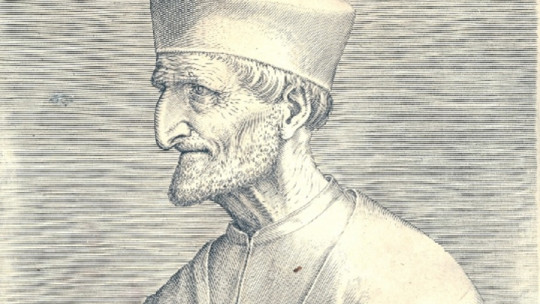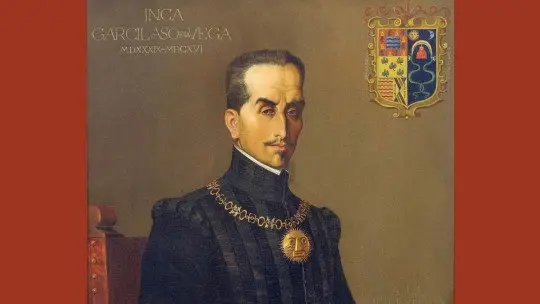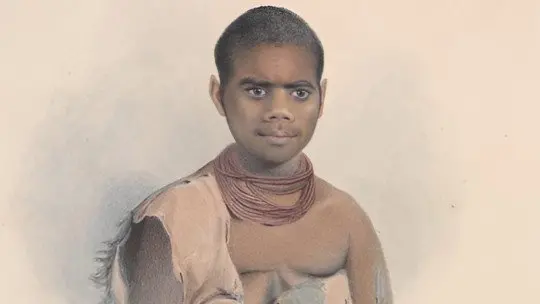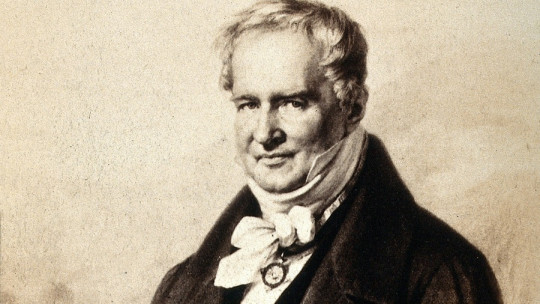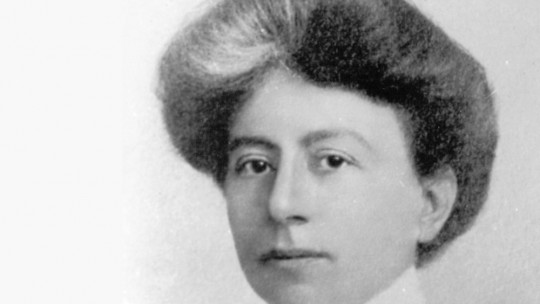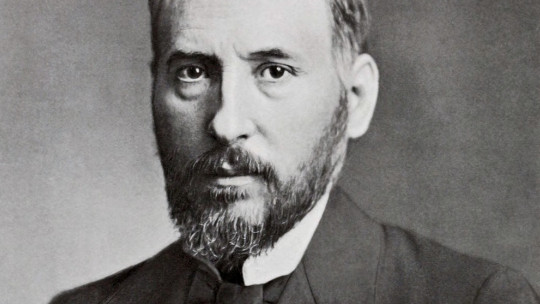The discovery of America, in 1492, marked the beginning of a new era for humanity as a whole.
Therefore, the stories of those who experienced this event firsthand are of incalculable value. Bartolomé de las Casas was one of the most important chroniclers, as we will be able to see in this biography of one of the main figures in the conquest of America.
Brief biography of Bartolomé de las Casas
Bartolome de las Casas He was born in Seville, around the year 1474 or 1484, since this information differs according to different historians who have collected information about your life. His family was of French origin. The knight Bartolomé de Casaux settled in this area after helping King Ferdinand III of Castile to reconquer these territories. Later he changed his surname, Casaux, to the Spanish version, Las Casas.
From that knight would be born the lineage of Bartolomé de las Casas himself, born two centuries later. For several generations, the members of this family had relevance and relationships with the nobility and even different kings. It is believed that he received his education at the Colegio de San Miguel, where he experienced an approach to the religious world.
After completing the first academic stages, he moved to the University of Salamanca, where he studied state and canon law Precisely in the convent of San Esteban, located in the same city as this university, there was a relative of Bartolomé de las Casas, who acted as a liaison to introduce him to Christopher Columbus himself, who was staying there.
In fact, Admiral Columbus had a relationship with his family for a long time, as he had also resided in Seville. So much so, that in the first expedition, that of 1492, which would finally connect the entire world, one of the crew was Juan de la Peña, who was the brother of Bartolomé’s father. From this trip, Columbus and other members of the expedition returned with seven people from the Indies, and different specimens of animals.
Christopher Columbus toured the peninsula to show his findings to the Catholic Monarchs. During his stop in Seville, Bartolomé de las Casas himself was able to see him and observe first-hand the people who came from America.
Relationship with Amerindians
Pedro de las Casas, Bartolomé’s father, and his two brothers, joined the crew of Columbus’s second voyage. Upon their return, the ships returned with no less than six hundred Indians, who were treated practically like slavery. So much so that they assigned one of them to Bartolomé de las Casas, to be his servant.
But Bartolomé preferred to take advantage of that opportunity to study the characteristics of this person and his culture. He tried to make comparisons between the religion he professed and Christianity itself, and even tried to find out if there was any connection between his language and Latin What he did, therefore, was a full-fledged humanistic study, in which he tried to find out what the similarities and differences were between both human groups.
The fact that Columbus’s expedition returned with the group of Indians had consequences at the highest level. The queen of Castile, Isabel la Católica, considered that the inhabitants of the new discovered lands were subjects with the same rights and duties as the others, and therefore it was strictly prohibited for them to be converted into slaves, under penalty of death for those who so he did it.
There are discrepancies about whether Bartolomé de las Casas traveled to America in Columbus’s second expedition, in 1493, or in the third, in 1498. Even others venture that it must have been later, around 1502. In any case, once his university studies, he became a doctriner and joined one of the voyages to the New World.
Although he was traveling on Antonio Torres’ expedition, with Francisco de Bobadilla on board, A series of circumstances made it coincide in Hispaniola with Columbus’s fourth expedition A hurricane had sunk several ships, and it is believed that Bartolomé de las Casas was one of those in charge of caring for the wounded and sick from the epidemic that subsequently broke out, as a result of the poor sanitation conditions.
During the coming years, a series of battles against groups of Indians arose, followed by as many truces. De las Casas was rewarded with a commendation for his services rendered in some of these struggles. He remained in America until 1506, when he returned to Spain and then to Rome to officially become a priest of the Church.
Return to America
In the year 1508, Bartolomé de las Casas returned to Hispaniola and shortly after the Dominican Order arrived , which would be key for relations with the Indians in the future. From the beginning, these religious people were very interested in providing dignified treatment to the inhabitants of America. This issue caused great disagreements with some leaders, who were not willing to comply with these requirements.
The discussion reached such a level that some even sent a request to King Ferdinand the Catholic for the expulsion of the religious order of the Dominicans, so that they would not interfere in their affairs. The king listened to the representatives of both positions, and from these hearings what were known as the Laws of the Indies would be born, codes of conduct for the good treatment of the indigenous people. This document represents the foundations of the Human Rights that we know today, so its importance cannot be underestimated.
Bartolome de las Casas participated in the conquest of several areas of the island of Cuba , since it used a system consisting of sending an Indian emissary, which prepared the ground for the arrival of the Spanish. All these peoples were Christianized and added to the empire’s domains. Bartholomew’s main work during that time was precisely the baptism of the Indians and the transmission of the word of the Christian God.

Disappointment with the conquerors
However, after a series of events, such as the Caonao massacre, in which Pánfilo de Narváez’s men unjustifiably killed a group of Indians, Bartolomé de las Casas was very disappointed with these acts and threatened to convey to the king what he had learned. was happening in America.
For his services in various campaigns in Cuba, de las Casas received new commissions, in the area of Cienfuegos. Although he treated the Indians in a proper manner, according to the law, and taught them the gospel, as his work dictated, he also used them to obtain gold from nearby mines.
But something happened that changed his perspective, and it was the arrival of another group of Dominican friars, who let Bartolomé de las Casas know how much they admired his reputation, for the good treatment he provided to the aborigines. This made him realize that, even though he received those compliments, he had not behaved fairly and that the system they had developed needed changes.
It was at an Easter mass where he gave an important sermon, denouncing the acts of the encomenderos. This fact generated a great controversy. They criticized him for attacking a group of which he himself was a member It was then that he wanted to renounce all of his entrustments, no matter how much they tried to persuade him not to do so, because it meant giving up all the riches that were to come.
Protector of the natives and last years
Bartolomé de las Casas returned to Spain and had an audience with Cardinal Cisneros, to let him know his observations. The cardinal commissioned him with a plan for colonization and appointed him universal protector of the Amerindians In 1516, he returned once again to America. From here, a series of fights ensued between those in favor of enforcing the Indian projection laws and those who were not in favor of the work.
After many years of hard work, preaching Christianity and good treatment of the indigenous people, in 1540, Bartolomé de las Casas returned to Spain and met with the emperor, Charles I. In said audience, he was able to convey to him all the problems he had witnessed. after his years of service in America. This hearing ended up triggering the New Laws, which freed all the Indians from the encomenderos.
Bartolomé de las Casas was appointed bishop of Chiapas He returned to America in 1544, but many received him with displeasure, not agreeing with the laws he had managed to promulgate. In 1547 he returned to Spain, renouncing his bishopric. He wrote some of his best-known works, such as the Very Brief Account of the Destruction of the Indies.
He would spend his last years in Madrid, before dying in 1566. Bartolomé de las Casas, known as the Apostle of the Indians, rests in Valladolid, as requested in his last will.


